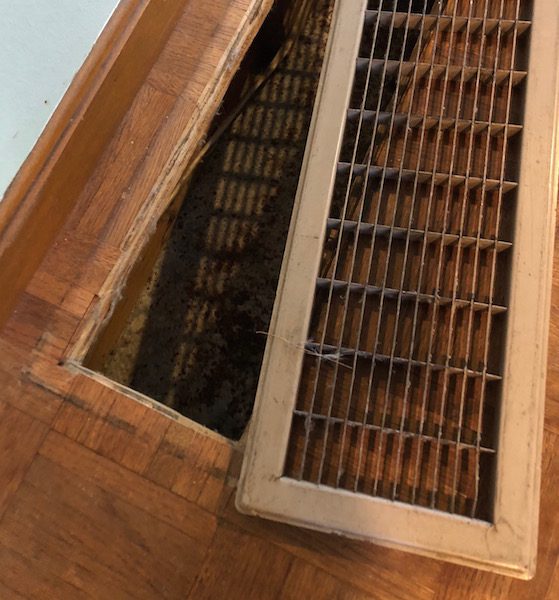Leaky Ducts Will Result in Leakage From Your Household Budget

You may have the best heating and cooling equipment on Earth, but if your air circulation system – the ductwork, registers, etc. – isn’t working as intended, all of your investment in state-of-the-art equipment could go to waste. Even something as simple as a duct leak could waste significant energy and money.
Some studies suggest that leaky ducts can result in as much as 30 percent of conditioned air being lost before it ever arrives at its destination, the various rooms in your house. This isn’t the worst thing in the world if that air is leaking into conditioned spaces; at least it’s not a total loss. However, some duct networks run through unconditioned areas, such as crawl spaces, wall voids, attics and basements. When this happens, your dollars are basically blowing in the wind.
This explains why effective duct sealing is essential if you really want to avoid wasting energy (and money) in your home. The same goes for insulation on ducts that run through unconditioned areas.
How to Tell That Ducts Are Leaking
You can tell you might have duct issues if: 1) your heating and cooling bills seem unusually high; 2) some rooms are more difficult to cool and heat than others; 3) some rooms remain stuffy no matter how the thermostat is set; 4) uninsulated ducts run through unconditioned areas such as a crawl space, basement or garage; 5) and you detect kinked or hanging duct sections. While some of these symptoms may point to other problems, such as air leaks in your home’s perimeter or poor or missing insulation, if you’re experiencing several of these issues, poorly sealed or otherwise defective ductwork is likely your culprit.
The Benefits of Duct Sealing
Obviously, if air isn’t leaking out of your ducts, more heated or cooled air will arrive where it’s meant to go. Efficient air delivery (and return) allows your forced-air HVAC system to operate as designed, without the sort of overwork that happens if air is being lost. This saves the equipment from stress, reducing needed repairs and extending your equipment’s service life. Plus it provides more effective heating and cooling, better comfort, and lower energy bills.
Well-sealed and connected ducts also keep contaminated air from entering ductwork and being circulated into your home. This can happen in the aforementioned unconditioned areas where dirty air can be found. As stated, it’s also important to insulate ducts in unconditioned areas, since otherwise heat energy will be lost through the thin walls of the ducts during heating season, and will warm cool air flowing through the ducts during the cooling season.
Duct sealing also prevents dirty air from getting sucked into holes and cracks in ducts, and contaminating indoor air. This can happen when leaky ducts run through areas such as crawl spaces, garages and attics. In addition to sealing ductwork in these areas, the ducts should be insulated; otherwise, they’ll lose heat energy to the areas outside the ducts in the winter, and gain heat in the summer.
Professional Duct Sealing or Do-It-Yourself?
While a handy home resident can seal accessible ductwork with mastic sealant and/or quality metal tape, if you want to be secure in knowing the job’s being done right, the wise course is to hire a professional HVAC technician who has the knowledge and tools to perform the job correctly and comprehensively.
While they’re doing the work, it can’t hurt to ask the technicians’ professional opinion on whether your duct system needs to be cleaned. While the need for regular duct cleaning can be overstated, some homes’ ductwork really does get dirty and contaminated over time, and will require a professional duct cleaning every few years.
